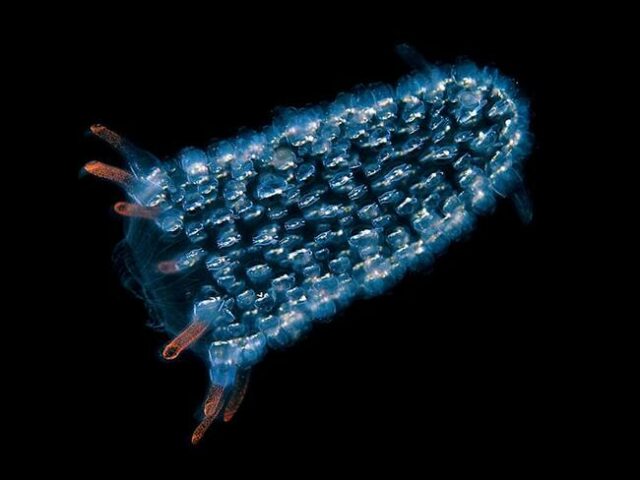
The discovery that bioluminescence has roots dating back at least 540 million years sheds new light on the ancient marvels of the natural world. According to NOAA, this captivating phenomenon, defined as the emission of light by living organisms, has long been observed in various oceanic creatures. Yet, the ultimate purpose behind this evolutionary adaptation remains shrouded in mystery, as emphasized by Andrea Quattrini of the Smithsonian’s National Museum of Natural History. In a recent study published in Proceedings of the Royal Society B, lead author Danielle DeLeo and her team delved into the prehistoric origins of bioluminescence, focusing their investigation on octocorals, among the oldest known bioluminescent animals. By scrutinizing both modern species and fossil records and employing sophisticated statistical analyses, they uncovered compelling evidence suggesting that the ability to produce light may have been a characteristic feature of ancient octocorals as far back as 540 million years ago.

The ancient lineage of bioluminescence revealed in octocorals challenges previous estimations, such as the 273-million-year-old luminescent ostracod crustaceans. Remarkably, octocorals only exhibit luminescence in response to disturbance, leaving the precise function of this luminous capability enigmatic. While undoubtedly a striking aspect of nature’s diversity, the evolutionary significance of bioluminescence remains open to interpretation, hinting at a myriad of potential adaptive advantages. As scientists continue to unravel the mysteries of this awe-inspiring phenomenon, the ancient glow of octocorals serves as a poignant reminder of the enduring fascination and complexity inherent in the natural world.
















